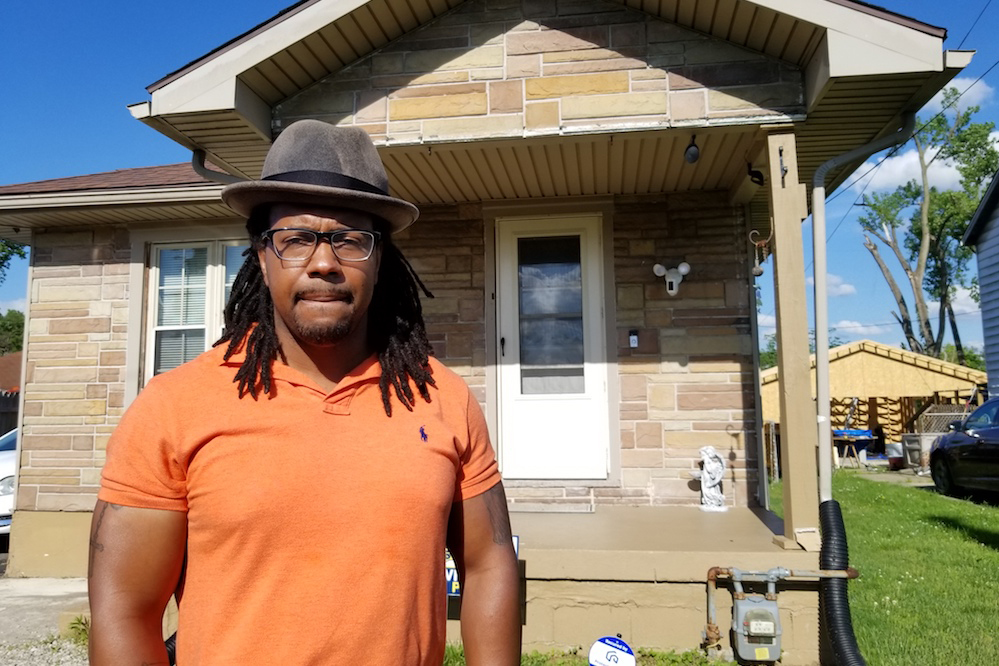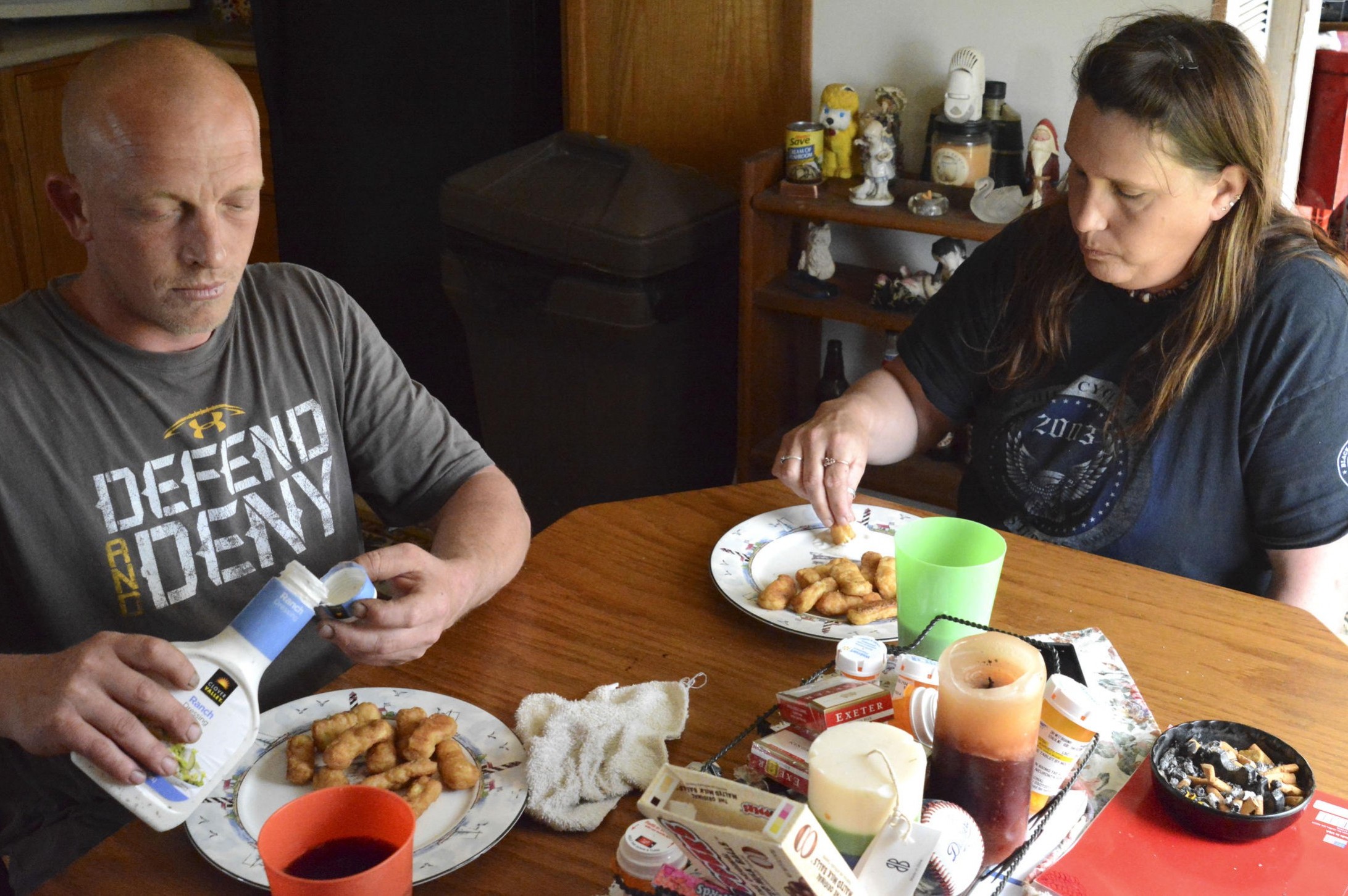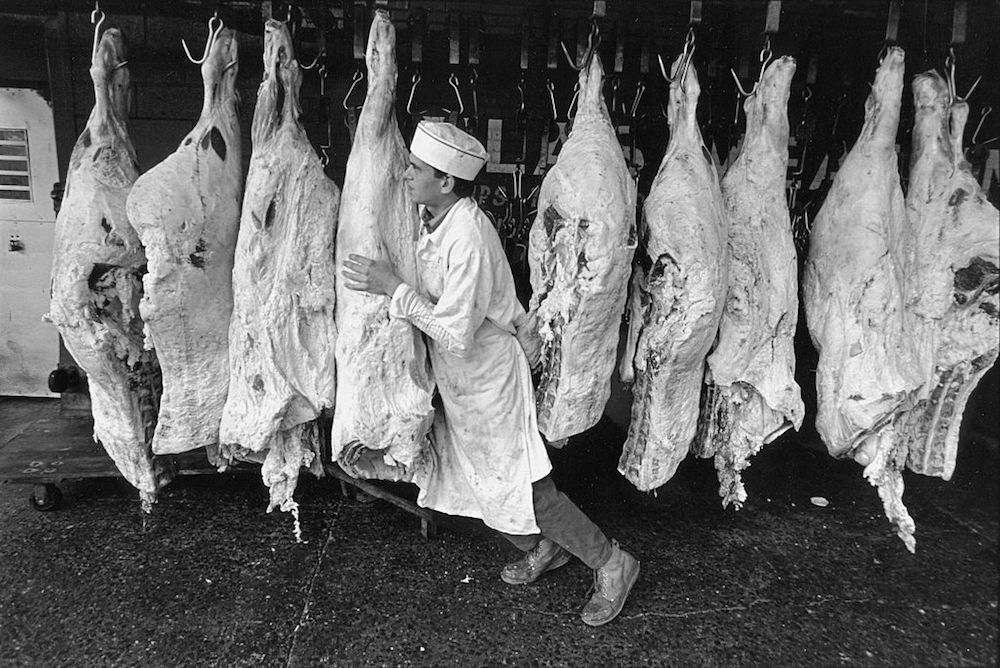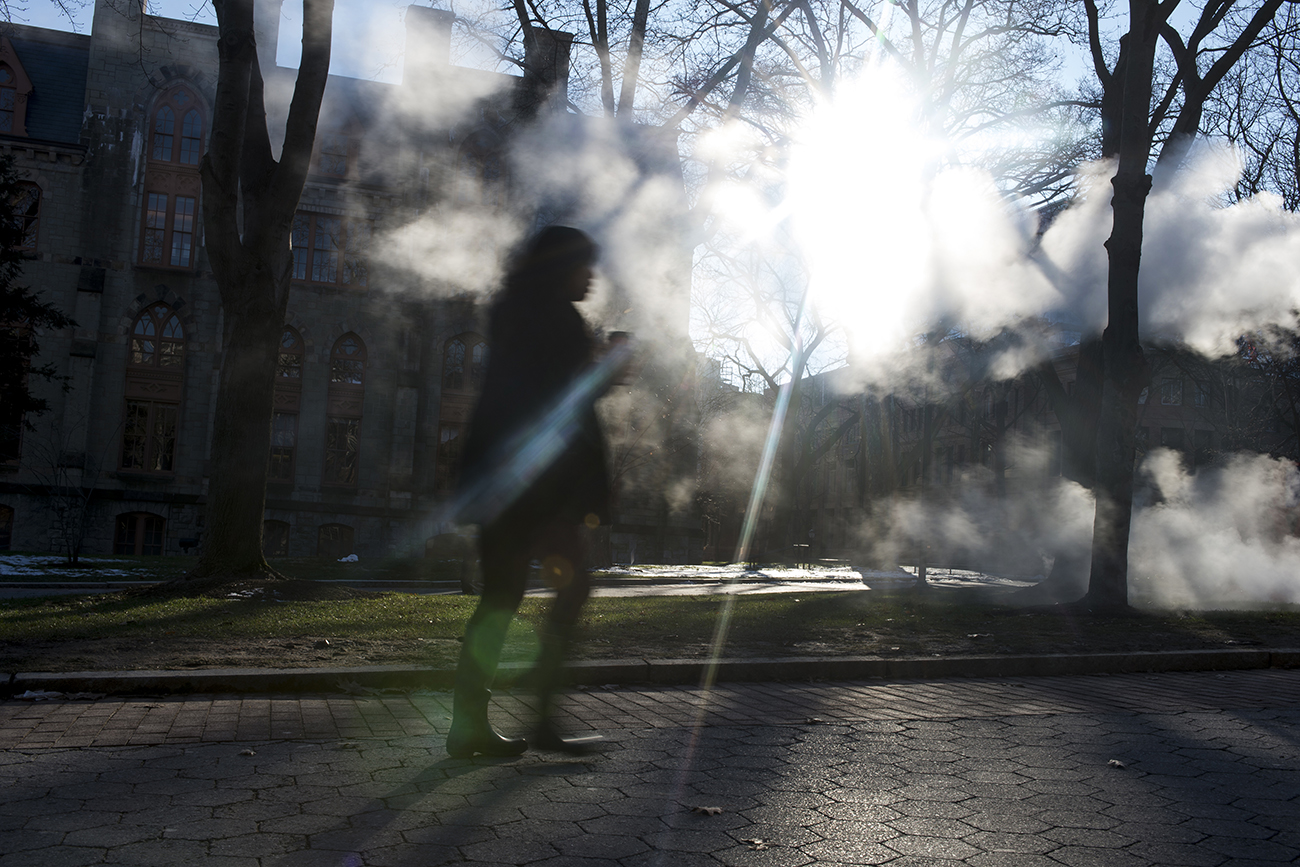In the backyard of his recently renovated home north of downtown Dayton, Dion Green is sitting on a garden sofa, rubbing his hands as he describes an unimaginably traumatic past 15 months.
On August 4, 2019, he and his father Derrick Fudge were at a bar in Dayton’s Oregon District. They were taking a break after weeks of reconstruction work on Green’s house, which had been damaged by a severe tornado two months prior. When a gunman appeared out of an alleyway and started shooting, Green and his father got as close to the ground as they could.
“I kept telling him to get up, we got to go,” he recalled. But Mr. Fudge died in his son’s arms that night, one of nine people murdered by a gunman who managed to fire off more than 40 shots in less than 30 seconds.
Get Talk Poverty In Your Inbox
Green says he lost more than his father; he lost a dear friend. On top of that came the financial cost of both burying his father, which ran into thousands of dollars.
All U.S. states and territories have a crime victim compensation program that reimburses victims of crime for related costs, funded by a mix of fines, forfeited bail, and other fees. The funds help with funeral costs, counseling, loss of work earnings, and other expenses. However, each state maintains its own eligibility criteria. In Ohio, Fudge was not deemed a “qualifying victim.”
In March 2011, eight-and-a-half years before his death, Fudge pled guilty to a drug trafficking offense and was sentenced to a three-month home monitoring period and three years of probation. Ohio’s victim compensation program denies aid for individuals who’ve been involved in certain felony offenses within ten years, essentially barring people who have paid for the victim compensation program from benefitting from it.
When Green’s application for his father was denied, he was livid.
“It’s like [the shooter] is winning both ways — he’s taken our family members and then you’ve got to worry about how to pay for burying them,” he says. “My dad shouldn’t be held accountable for his own death.”
Six other states — Arkansas, Florida, Louisiana, Mississippi, North Carolina, and Rhode Island — also have laws denying compensation to victims of crimes who are involved in prior or ongoing felony offenses, or are engaged in felonious activity at the time of their victimization. An average of 36 percent of claims in those states are denied as a result, leaving victims or their surviving family members to pay out of pocket. Green says in his case some costs were partly offset by donations and his own health insurance, but much of it he paid himself.
Green isn’t the only one facing this issue.
Alayna Young was shot in her left leg in the same attack that killed Green’s father in Dayton last year. She was in the hospital when she found out her health insurance had lapsed four days before. “I immediately heard the cash registers in my head,” she said, and left the hospital the same day. After missing almost six weeks of work due to her injury, she was also denied compensation from the state. Young had been taking prescription Adderall, and her claim was refused due to a blood test showing the presence of amphetamines in her system.
More than a year later, with fragments of the bullet still in her leg, Young still owes close to $80,000 in medical fees. “I might have to file bankruptcy; that’s not something I want to do but I don’t see any other way,” she said.
“When people are victimized, we should aim to provide them with the services they need to heal and be safe, period,” said John Maki, the author of a 2019 paper detailing Illinois’ experience with crime victim compensation issues. Across the country, there are a wide variety of barriers preventing victims from receiving the support they need, ranging from denials due to drug tests to issues with the aid application process. The result is a patchwork of aid that varies by state: In Montana, nine in ten victims receive aid in an average of 60 days, but in West Virginia, only three in ten applicants get support and decisions can take as long as 210 days.
Maki said recent times have seen a push for possible change. “A growing number of states have begun to reexamine their crime victim compensation program, looking for ways to remove barriers to services. That’s not only the right thing to do for victims, but it’s also smart and cost-effective public safety policy.” Ohio is among them, and in November the state senate approved a bill reducing the disqualification period for those with a prior conviction, increasing compensation to survivors who require counseling, and no longer punishing victims in possession of drugs at the time of the crime.
But for some survivors, the exhaustion and trauma of the last year is still exacting a major toll.
“A letter came and said I could appeal (the compensation denial),” said Green, “but who’s really thinking about that? I’m still in the process of grieving. I said, ‘to hell with it.’”
It’s a sentiment echoed by Young. “There was a lot of back and forth and I already wasn’t in a great state of mind to really deal with any of this,” she said. “It’s like getting kicked while you’re down.”











